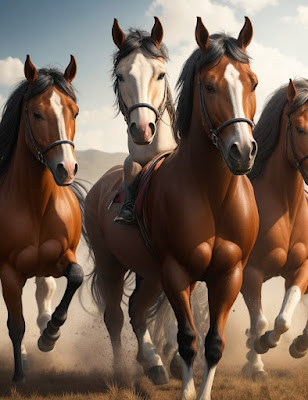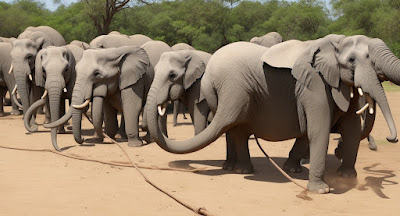How many species of animals are there in the world?
According to the International Union for Conservation of Nature (IUCN), there are an estimated 8.7 million animal species on Earth. Of these, about 7.7 million are land animals and amphibians.
Mammals: There are about 5,700 species of mammals on Earth. Mammals are animals that are characterized by having hair, mammary glands, and endothermic metabolism. Some examples of mammals include lions, tigers, bears, elephants, horses, cows, pigs, dogs, cats, rabbits, and bats.
Birds: There are about 11,000 species of birds on Earth. Birds are animals that are characterized by having feathers, wings, and beaks. Some examples of birds include eagles, hawks, owls, parrots, hummingbirds, penguins, and chickens.
Reptiles: There are about 10,000 species of reptiles on Earth. Reptiles are animals that are characterized by having scales, ectothermic metabolism, and laying eggs. Some examples of reptiles include lizards, snakes, turtles, crocodiles, and alligators.
Amphibians: There are about 7,000 species of amphibians on Earth. Amphibians are animals that are characterized by having moist skin, ectothermic metabolism, and laying eggs. Some examples of amphibians include frogs, toads, salamanders, and newts.
Land animals and amphibians play an important role in the environment. They help to control the population of other animals, they are food for other animals, and they help to pollinate plants. The diversity of land animals and amphibians is truly amazing. These animals have adapted to live in a wide range of habitats, from deserts to rainforests to mountains. They have also evolved to fill a variety of roles in the ecosystem.
Land animals and amphibians are also important to humans. We rely on them for food, clothing, and medicine. We also enjoy their beauty and company. It is important to protect land animals and amphibians from extinction. We can do this by conserving their habitats and reducing our impact on the environment.





























Social Site